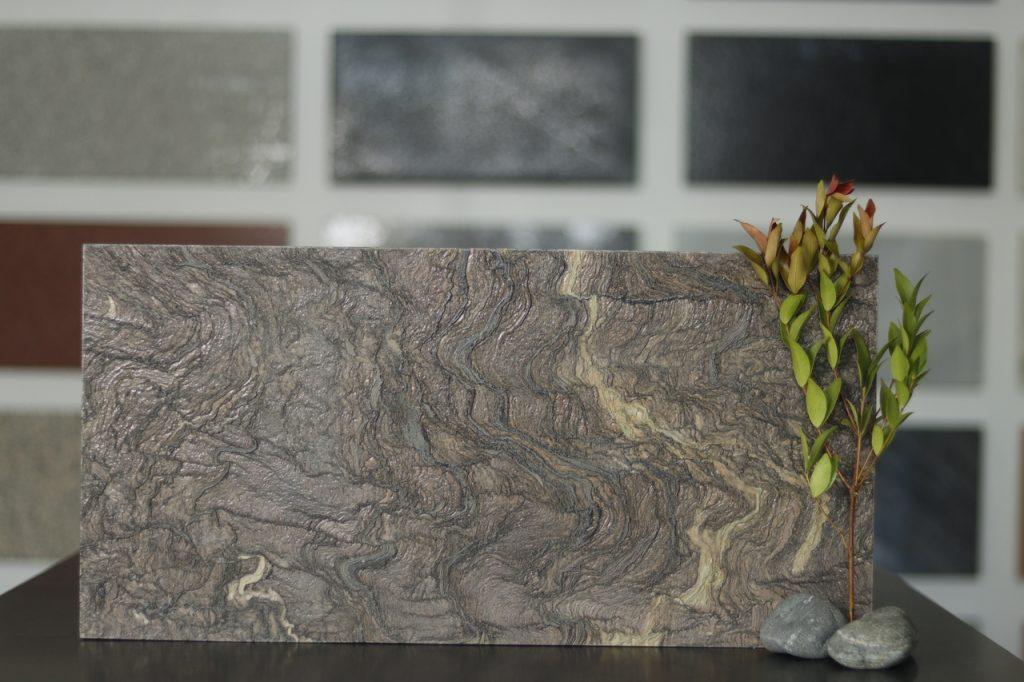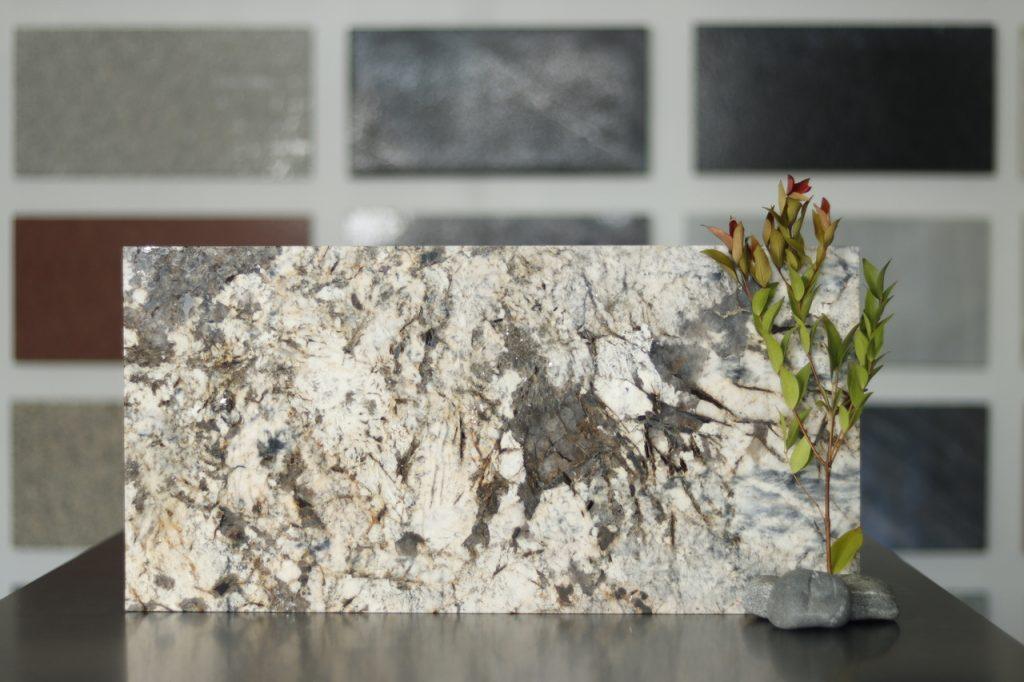Marble vs granite: what is the difference?
admin
May 13, 2024

What is Marble?
What is Granite?
Granite vs. Marble: 5 Key Differences
1. Aesthetics and Appearance:
Both granite and marble exhibit natural beauty, with each piece being almost unique due to their composition. Granite has a speckled appearance due to small stones like feldspar, mica, and amphibole, while marble appears cleaner and smoother with elongated veins that create wavy patterns. Marble also boasts a more varied color palette compared to granite.
2. Uses and Applications:
Marble is favored for cladding and flooring, whereas granite is typically used for kitchen and bathroom countertops. Granite is more suitable for high-traffic floor areas compared to marble, which is often limited to low-traffic zones. Both materials add elegance to spaces, but marble provides a sophisticated and exclusive touch suitable for diverse design styles.
3. Durability and Hardness:
Granite surpasses marble in terms of hardness and strength, making it more resistant to heat, scratches, and damage. This durability makes granite a preferred choice for kitchen worktops and bathroom surfaces. Granite also retains its natural shine longer than marble, which requires periodic polishing to maintain its luster.
4. Maintenance:
Both marble and granite are relatively easy to maintain but require sealants to prevent stains and marks due to their natural porous nature. Marble typically needs more frequent sealing than granite, which can be sealed every few years depending on usage and cleaning frequency. Special care must be taken while cleaning marble to preserve its natural shine without causing damage.
5. Price:
The cost is a significant factor when choosing between granite and marble. While both materials require professional installation, marble tends to be cheaper than granite. The overall cost depends on factors such as stone quality, tile style, and installation complexity.
Conclusion: Granite or Marble for Your Home?
The choice between marble and granite ultimately depends on the project requirements and budget constraints. For a luxurious finish with intricate designs and veining, marble is recommended despite its higher cost and maintenance needs. Marble offers elegance and versatility in various shapes and finishes, with the added advantage of repairability in case of damage.
At Grava Stones, we offer a range of marble floorings that blend traditional concepts with modern. Explore our marble and natural stone floors on our website to discover timeless beauty for your space.


